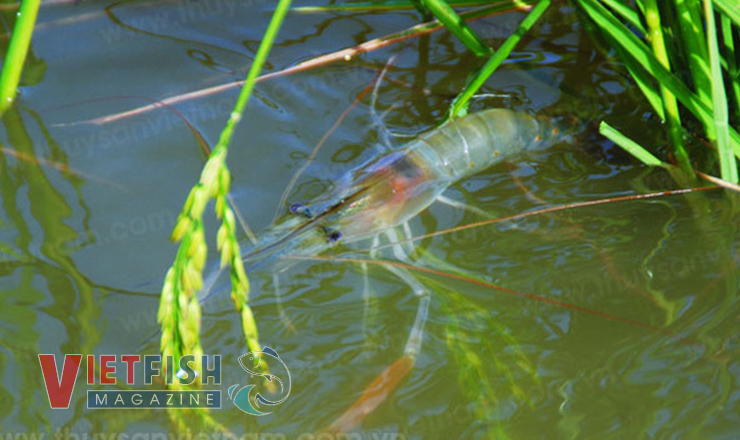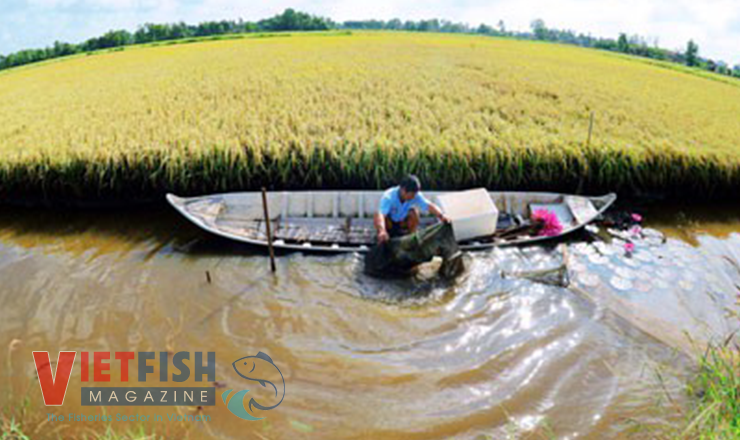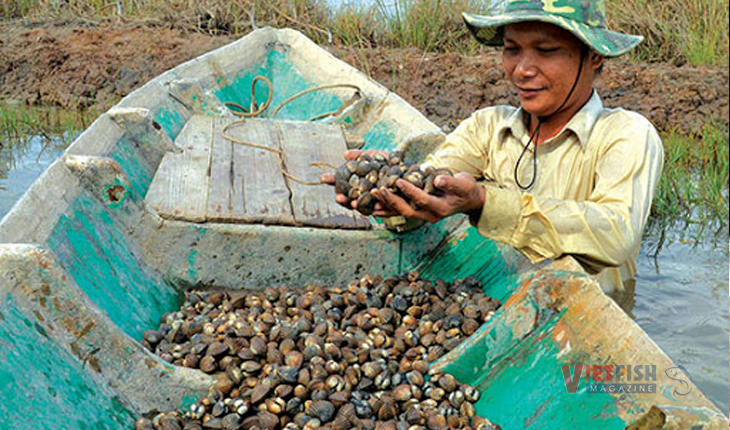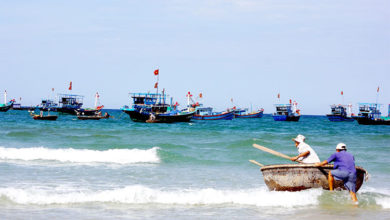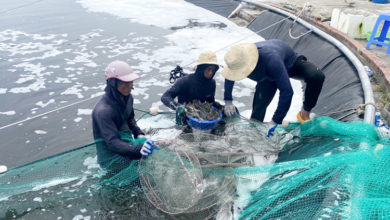Pangasius feed sector urges strong trade strategy amid tariff pressures
Soaring feed prices and rising trade defense tariffs have put Vietnam's pangasius industry in a tough spot. It’s clear the time has come for a well-crafted, comprehensive trade strategy.
From a humble feed scoop to major tariff turbulence
Few would have anticipated that something as simple as fish feed could become so deeply entangled in global trade shifts.
With tariffs increasing on Chinese agricultural exports, especially soybeans, China has turned to imports from Brazil and Argentina. This global domino effect has driven soybean prices higher worldwide, disrupting the entire aquafeed supply chain.
In Vietnam, the world’s top exporter of pangasius, feed, symbolizing input costs, has suddenly become a critical link in an asymmetric competition. Rising farming costs are eroding the competitiveness of Vietnamese exporters in key markets like the U.S. and the EU. In today’s interconnected world, every policy move ripples through fragile global value chains.

From soybean tariffs to pangasius prices
According to VASEP and Vietnam’s Department of Fisheries, feed accounts for 55% to 65% of pangasius farming costs. Main ingredients like fishmeal, soybean meal, fish oil, and bio-additives are largely imported from South America, China, and the U.S. Soybean meal and marine fishmeal from Argentina, the U.S., and Peru play a crucial role, providing essential protein and helping reduce overall production costs.
Reliance on imports leaves Vietnam’s aquaculture sector vulnerable to international market swings. As Bloomberg reported in April 2025, CBOT soybean futures have surpassed USD 14.25 per bushel, up 18% year-on-year. Container shipping costs from South America to Asia have surged by 25% to 30% due to Red Sea conflicts and congestion at the Panama Canal. These factors have pushed up feed ingredient import costs by an average of 8% to 12% over just six months.
For small and medium enterprises, escalating input prices mean raising selling prices, cutting production, or narrowing profit margins. The result is higher pangasius farming costs, weakening Vietnam’s edge in vital markets like the U.S., EU, and the Middle East.
This double squeeze of rising costs and shrinking profits pressures the entire pangasius supply chain. While global markets fluctuate externally, Vietnam’s limited domestic input production adds internal strain.
Amid these challenges, the U.S.-led Indo-Pacific Economic Framework (IPEF) offers hope for access to advanced feed production technology and technical and financial support packages. Vietnam could leverage this platform to negotiate domestic soybean development aligned with deep-processing standards, gradually reducing reliance on imports.
More importantly, as Vietnam strengthens bilateral trade ties with the U.S., it should place anti-dumping tariffs on pangasius firmly on the negotiation agenda as a strategic countermeasure. Without resolving market access imbalances, efforts to lower production costs alone will not ensure sustainable competitiveness.
Vietnam’s pangasius industry: feeling the squeeze
Vietnam remains the world’s leading pangasius exporter, with 2024 exports estimated at $1.8 billion, according to VASEP. The U.S. accounts for over 20% of this total, alongside China and the EU.
However, this position faces mounting threats: rising input costs, the rise of new competitors, and tougher trade barriers in key markets.
According to SeafoodSource, the U.S. Department of Commerce (DOC) continues to enforce anti-dumping duties on some Vietnamese firms, ranging from USD 0.18 to USD 2.39 per kilogram depending on review outcomes. These measures create uncertainty in contract negotiations and undermine Vietnamese exporters’ competitiveness.
At the same time, average pangasius export prices to the U.S. have fallen. Intensifying competition from Ecuador, India, and Russia, nations with lower production costs and more efficient logistics, is squeezing Vietnam’s prices and market share.
Domestically, pangasius farming costs keep climbing. By early 2025, raw pangasius prices in the Mekong Delta have reached over VND 32,000 per kilogram, the highest in years. This spike stems from surging feed prices, along with high domestic electricity, water, and logistics costs, squeezing processor and exporter margins.
A VASEP survey shows average gross margins for pangasius processors have plunged, forcing many to cut processing capacity, postpone farm expansions, or reduce their workforce to stay afloat.
Once a sector with natural advantages, Vietnam’s pangasius industry risks losing momentum without timely policy support, targeted trade promotion, and especially strategic tariff negotiations with major markets like the U.S.
Aquafeed should be treated as a strategic commodity
Aquafeed is more than just a production input; it is a pivotal link in Vietnam’s seafood export value chain. Amid global trade tensions, supply chain disruptions, and surging raw material prices, developing self-reliant sourcing and logistics capabilities has become an urgent trade and industry priority.
Stockpiling raw materials: thinking beyond reactive measures
Like Vietnam’s national reserves for rice or fuel, the country should establish strategic reserves for aquafeed ingredients such as soybeans and fishmeal. According to the USDA, Vietnam’s soybean meal consumption is forecast to hit 6.1 million tons in the 2024/25 season, up from 5.85 million tons, driven by growing demand from livestock and aquaculture sectors.
These reserves should be integrated with logistics hubs in major farming regions and key ports like Cai Mep-Thi Vai, Can Tho, and Nghi Son.
Developing domestic raw material zones: policies to attract private investment
Beyond public investment, Vietnam needs policies that attract major companies to invest in high-tech soybean farming in the Central Highlands and the Mekong Delta. According to the USDA, Vietnam’s soybean acreage has declined as farmers shift to more profitable crops like fruit and vegetables.
Integrated models covering seed production, cultivation, harvesting, and processing should be developed as industry clusters, much like Vietnam’s successful cashew and pepper sectors. Green credit schemes and corporate income tax incentives for the first 5 to 10 years should be included in the national action plan for high-tech agriculture.
Leveraging bilateral trade: turning feed into a policy lever
Vietnam’s participation in frameworks like IPEF, RCEP, and CPTPP provides an opportunity for the Ministry of Industry and Trade to incorporate technical barriers and anti-dumping tariffs into trade negotiations. Reducing soybean import tariffs or securing feed processing technology transfers should be positioned as reciprocal conditions for expanding Vietnam’s seafood exports to the U.S., EU, and CPTPP member countries.
A proactive early warning system among regional chambers of commerce, including VCCI, VASEP, and logistics associations, is essential for monitoring freight rates, raw material price swings, and policy risks, enabling timely market interventions before crises escalate.
In short, recognizing aquafeed as a strategic commodity is not just an agricultural issue; it is central to Vietnam’s industrialization, modernization, and international economic integration agenda.
VFM


